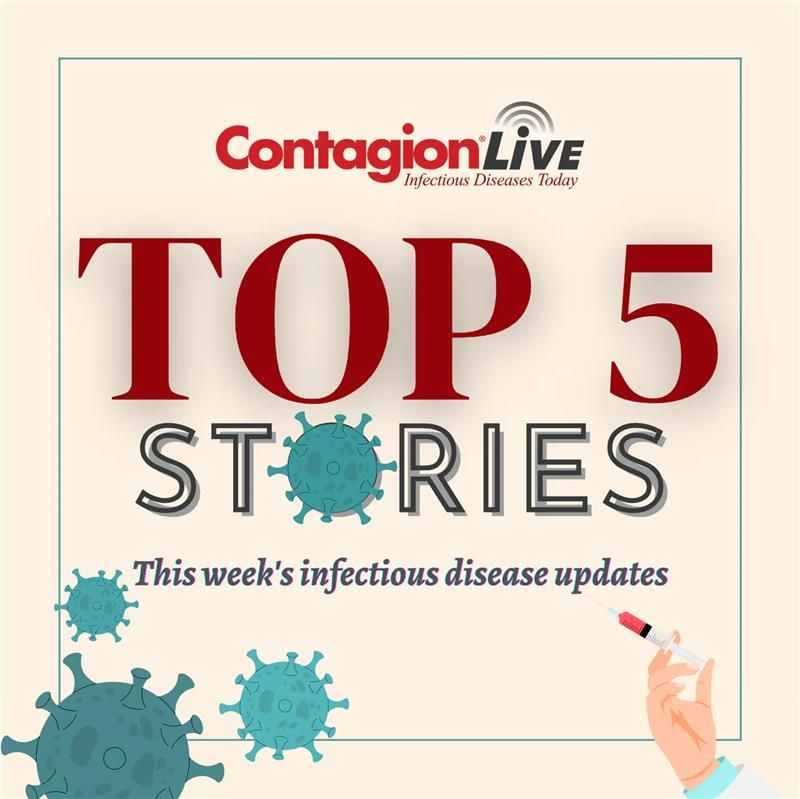Household transmission of SARS-CoV-2 is a high probability and certainly being in a closed setting with family members can be an ongoing concern, especially when considering vulnerable populations with the same household including groups such as seniors, very young children or babies, and anyone who is immunocompromised.
“We think a lot of respiratory viral transmission happens in household settings. The secondary attack rates that have been estimated for households are usually much higher than we see in settings like workplaces and schools,” said Amanda M. Casto, MD, PhD, acting assistant professor, Department of Medicine, Division of Allergy & Infectious Diseases, University of Washington, Seattle, WA. “So, we think it’s a really important location for understanding how much respiratory virus is circulating at different times, and then also for understanding how transmission happens.”
Castro and a large group of investigators wanted to look at this form of transmission and analyzed genetic sequences as a method to determine its influence. The study titled, CASCADIA, was a prospective household cohort that had participants in both Washington state and Oregon. The investigators conducted surveillance for infection through weekly symptom surveys and self-collected nasal swabs. They also used additional swabs and surveys were collected when individuals reported new symptoms or after an initial positive or inconclusive SARS-CoV-2 PCR test.
The team of investigators included multiple medical professionals, and they analyzed all positive test results from households with greater than 2 members enrolled. They did not consider inconclusive tests. They also analyzed genomic data generated from these positive swabs, limiting consideration to the first SARS-CoV-2 genome from each person and to households with sequenced samples from > 2 participants collected ≤ 14 days apart.
Relationships among samples from the same household were assessed by determining the genetic (hamming) distance between genomes and the Pango lineage of each genome using Nextclade, the investigators explained.
“I think by specifically looking at the genetic data, which we did in this study, we have a better idea, a more precise idea about exactly when transmission has really taken place, and then the instances when it is actually not taken place within a household, even though there’s a lot of viruses circulating all at once,” said Casto.
At this week’s ID Week 2024, Castro will be presenting the group’s findings at the conference.
Castro says 1 of the key findings is the variability of timetables associated positive test results. “In general, we’re finding out that the most important influence of test positivity is how much circulation of virus is there in the community. And that does tend to go up and down quite a bit with different periods of time, different times of the year, and then with the circulation of your variants.”
Study Parameters and Additional Results
“Between July 2022 to May 2023, 597 participants from 341 households with > 2 participants tested positive for SARS-CoV-2. Positive tests from > 2 participants collected ≤ 14 days apart were observed in 143 of these households. 93 households had sequence data for samples from > 2 persons collected ≤ 14 days apart. Five (5%) of these households had 2 viral lineages detected with a median of 11 (range 4 – 14) days between detection of the first and second lineages,” the investigators wrote. “Two lineages were detected in 3 out of 6 sample pairs collected in the same household exactly 14 days apart. Among the 88 households with one lineage detected, samples from all participants were genetically identical (genetic distance of 0) in 60% (51/88).”
She explains the analysis found the introduction of 2 different lineages into some households.
“Now we have tools with genetic data to essentially test those assumptions about whether all chronologically clustered cases in households are really due to transmission,” Castro said. “And what we’re finding out is that a certain proportion of them are actually not, which indicates that there have been multiple introductions of virus into a household within a short period of time.”
Castro says that understanding the factors of what makes some households at risk is important information to glean.
“Understanding what puts certain households at risk, including vaccination status, we think, is really important to informing potentially, which households need to be sort of more on guard for having viral infections, and then also just for informing the public about how likely are they to get an infection from a family member that they’re living with,” Castro stated.








